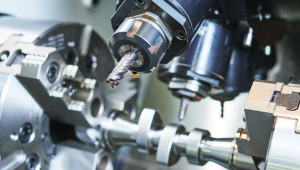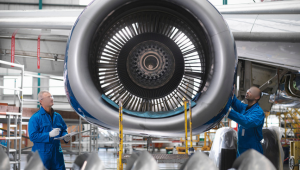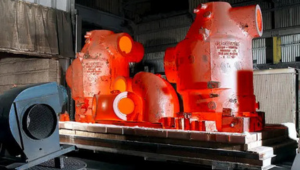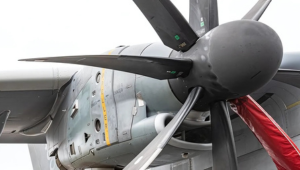Program Overview
This course delivers in-depth, industry-specific training on heat treatment processes for aerospace components, with a strong emphasis on application performance, defect control, and regulatory compliance. Led by an expert with 25+ years of experience, the program covers process selection (e.g., nitriding, vacuum hardening, case hardening), standards like AMS 2750/2759 and NADCAP, and failure diagnosis techniques. Participants will learn to optimize thermal processes for critical parts such as turbine shafts, landing gear, gears, and bearings. Real-world case studies and simulations help professionals troubleshoot heat treatment challenges, ensure audit readiness, and align with international aerospace quality frameworks.
Features
- Apply aerospace-specific heat treatment techniques for structural and engine parts
- Ensure compliance with global standards like NADCAP, AMS 2750, and AMS 2759
- Diagnose and correct heat treatment issues such as cracking, distortion, or soft zones
- Optimize cycle parameters to enhance durability, fatigue resistance, and dimensional control
Target audiences
- Aerospace Metallurgists
- QA/QC and Manufacturing Professionals
- Process Engineers
- Heat Treatment Engineers
Curriculum
- 7 Sections
- 32 Lessons
- 2 Days
Expand all sectionsCollapse all sections
- Role of Heat Treatment in Aerospace Manufacturing5
- 1.1“Special Process” classification under NADCAP/EN9100
- 1.2Importance of microstructural control for high-reliability components
- 1.3Load path integrity, micro-crack avoidance, fatigue life, distortion risk
- 1.4Engine blade failure due to improper heat treatment – root cause analysis
- 1.5Group Exercise: Identify critical parts in an aircraft that require heat treatment
- Component-Specific Heat Treatment – Functional Requirements & Stress Profiles6
- 2.1Landing Gear: Impact resistance; processes: gas nitriding, plasma nitriding
- 2.2Crankshafts & Camshafts: Torsion, bending; use of case hardening (R.CARB+), nitriding
- 2.3Bearings: Wear resistance, rolling contact fatigue; vacuum hardening, coatings
- 2.4Gearwheels/Planetary Gears: Core toughness + surface hardness
- 2.5Surface hardness vs. case depth, residual compressive stress, distortion control
- 2.6Component-Process Matching Activity: Select ideal treatment for given aerospace parts
- Heat Treatment Methods Used in Aerospace Industry5
- 3.1Gas Nitriding (R.NIT+), Plasma Nitriding (PLASNIT®), Case Hardening (R.CARB+), Vacuum Hardening (R.VAC+), ALU-T6/T7 for aluminum parts
- 3.2When to select which process? Impact of geometry, alloy type, functional load
- 3.3Low-distortion treatment, T6 temper, precipitation hardening, hard coatings (PLASTIT®)
- 3.4Ti6Al4V blade nitrided for high-temp service using plasma nitriding
- 3.5Simulation: Process Decision Tree: Navigate a complex component heat treatment selection
- Global Aerospace Standards for Heat Treatment Compliance4
- Heat Treatment Challenges in Aerospace Parts – Real World Troubleshooting4
- 5.1Cracking in hardened shafts (rapid quenching), soft zones (temp deviation), distortion in camshafts
- 5.2Geometry-induced distortion, low depth of hardness, grain boundary failures
- 5.3Bearing ring fatigue due to shallow case depth → solution through process redesign
- 5.4Root Cause Analysis Exercise: Diagnose failures using microstructure images & inspection data
- Heat Treatment for Performance Optimization4
- Future Trends & Integration with Aerospace Manufacturing Systems4
- 7.1Hybrid heat treatments, additive + post-heat treatments, AI in process control
- 7.2Integration with MRP/PLM systems for closed-loop control
- 7.3Smart thermocouple calibration, furnace AI alerts, distortion prediction algorithms
- 7.4Global supply chain challenges & traceability needs in aerospace heat treatment






